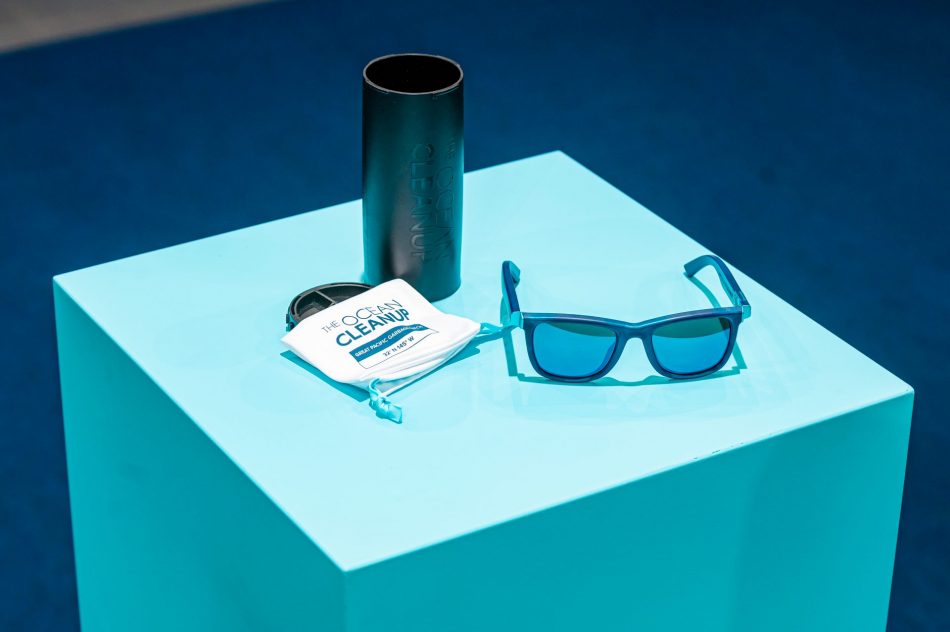The promise of the Ocean Cleanup project was that it would not only help clean up the Great Pacific Garbage Patch, but also recycle the plastic so it doesn’t become waste again. Now, one year after collecting its first load of plastic waste, the nonprofit unveiled its first ocean plastic product: sunglasses created by star designer Yves Behar.
According to Boyan Slat, founder of the Ocean Cleanup, creating something useful out of the collected waste was quite a challenge.
“A lot of this stuff is quite brittle, quite degraded,” said Slat. “It’s also very mixed. You see half of it is fishing nets, the other half being more rigid objects, like bottles and crates. So turning it into a usable material was quite a journey. When we announced that we were going to do this late last year, we didn’t know whether we could do it.”
To create the sunglasses, the Ocean Cleanup team worked with a series of partners to sort through the waste they’d pulled out of the water, wash it, shred it, and turn it into pellets that could be used in manufacturing.
“We had to set up a completely new supply chain because this is a material that’s never been processed before,” Slat says.
As reported in Fast Company, the sunglasses are made primarily from abandoned fishing nets and HDPE plastic. When the sunglasses eventually wear out, they are designed to be easily taken apart so the material can be recycled again.
If you want a pair of these ocean plastic sunglasses, it will put you back $199. But before you scoff at the price, you should know that the company will use the proceeds from the sale of each pair of sunglasses to fund the deployment of the next cleanup prototype.
Image source: The Ocean Cleanup











